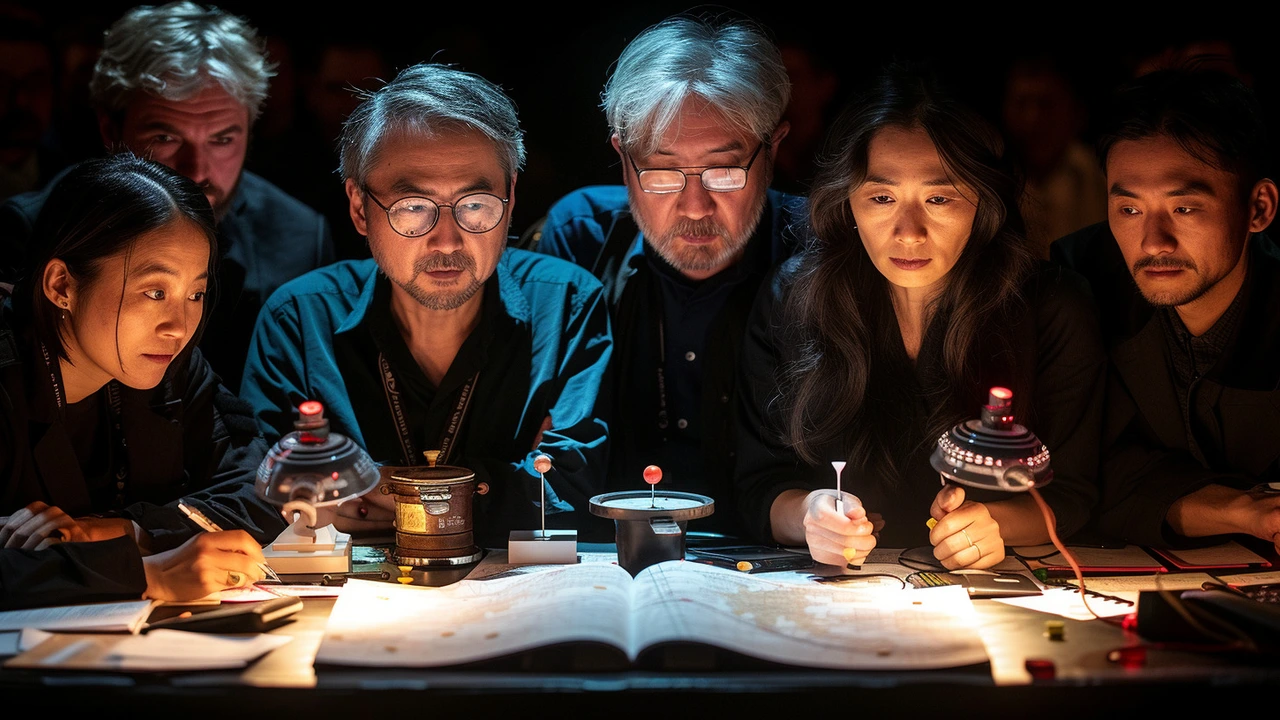Did you know the UN currently runs more than a dozen peace operations around the world? These UN missions range from armed peacekeeping forces with blue helmets to unarmed political teams that help negotiate deals. If you've ever wondered how international peacekeeping actually works, this page collects clear, practical posts that explain it.
At their core, UN missions try to reduce violence, protect civilians, and create space for politics and rebuilding. Some missions monitor ceasefires and patrol borders. Others support elections, train police, or help remove weapons from ex-combatants. That mix of tasks depends on the mission mandate set by the UN Security Council — and that mandate shapes what troops and experts are allowed to do.
Most missions combine military, police, and civilian staff sent by UN member states. Troop-contributing countries provide soldiers and equipment; civilian staff include mediators, legal experts, and humanitarians. Commanders coordinate locally with community leaders, national authorities, and aid agencies. You’ll see patrols, checkpoints, joint patrols with local police, and programs that support courts, schools, and reintegration for former fighters.
Mandates matter. When the Security Council gives a clear mandate to protect civilians, missions can use force to stop attacks. When mandates are political, teams focus on mediation and advising. Funding and logistics also shape what happens: missions need cash, vehicles, and air support. Without steady funding, a mission’s reach can shrink fast.
UN missions face real risks: complex local politics, limited resources, and threats to staff safety. Sometimes the host government is part of the problem. Sometimes armed groups ignore UN presence. That’s why modern missions mix hard security tasks with community work and local partnerships. Better intelligence, use of drones for surveillance, and stronger training on human rights are common improvements. But success still depends on political will — both locally and in capitals that fund and supply the missions.
Want to follow developments? Track mission websites, read field reports, and follow trusted news outlets that cover the UN. If you care about impact, look for evidence of reduced violence, improved access to services, and credible local institutions replacing international presence over time.
How can you help? Share verified stories, support NGOs working with civilians, or contact your representatives to ask about steady funding and clear mandates for missions. Small actions — sharing a well-sourced article, signing a petition, or donating to relief groups — add up.
On this tag page you'll find articles that explain mission types, field stories, and analysis of challenges and successes. Browse recent posts to learn how UN missions affect communities and why their work still matters for global peace.
Read our in-depth pieces for firsthand accounts and policy analysis. Start with field stories and long-reads on mandate changes, then check interviews with peacekeepers and humanitarians. Bookmark the UN Missions tag and sign up for updates. Explore related posts below and share what you learn with others.

Hey there, it's amazing to share some insights on peacekeeping and its intricate factors. In this post, we dive deep into the complex facets of peacekeeping, providing a clear picture of its critical role in global affairs. We'll also talk about conflict resolution strategies and UN missions. It's all about understanding the subtle aspects that ensure peacekeeping's effectiveness, which, trust me, is truly fascinating. Join me on this informative journey!
